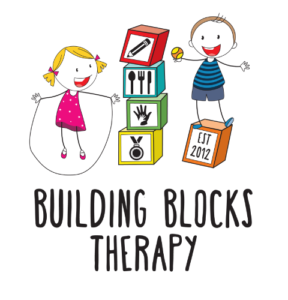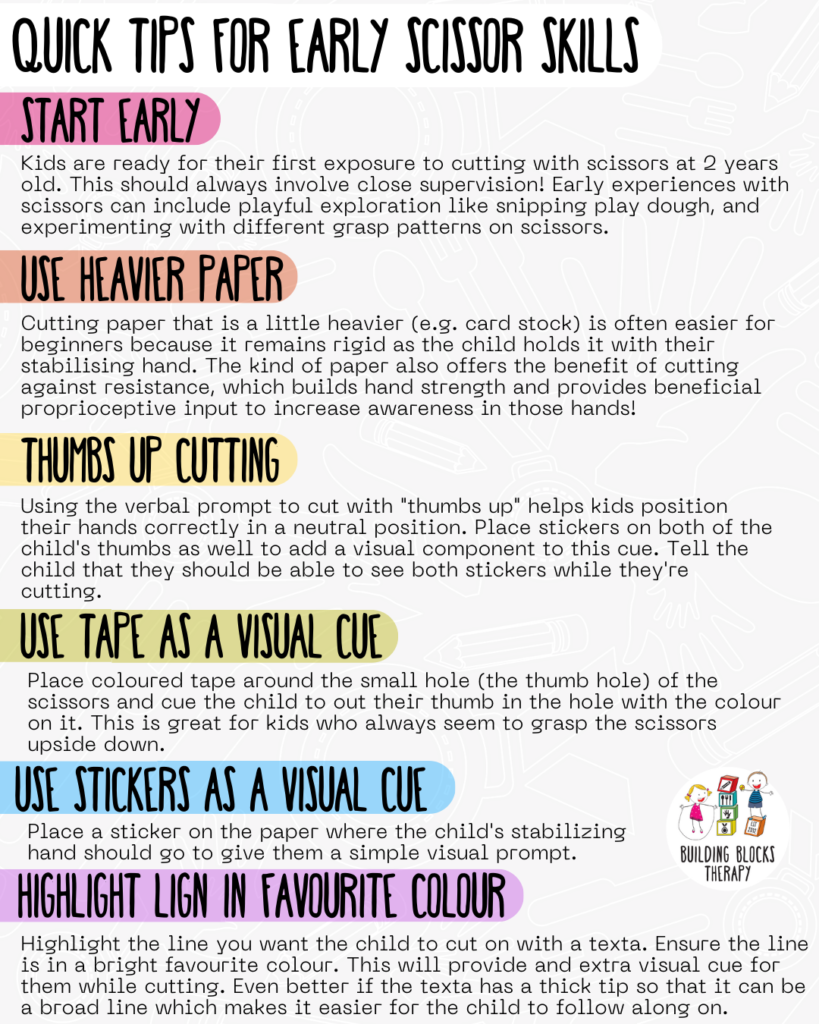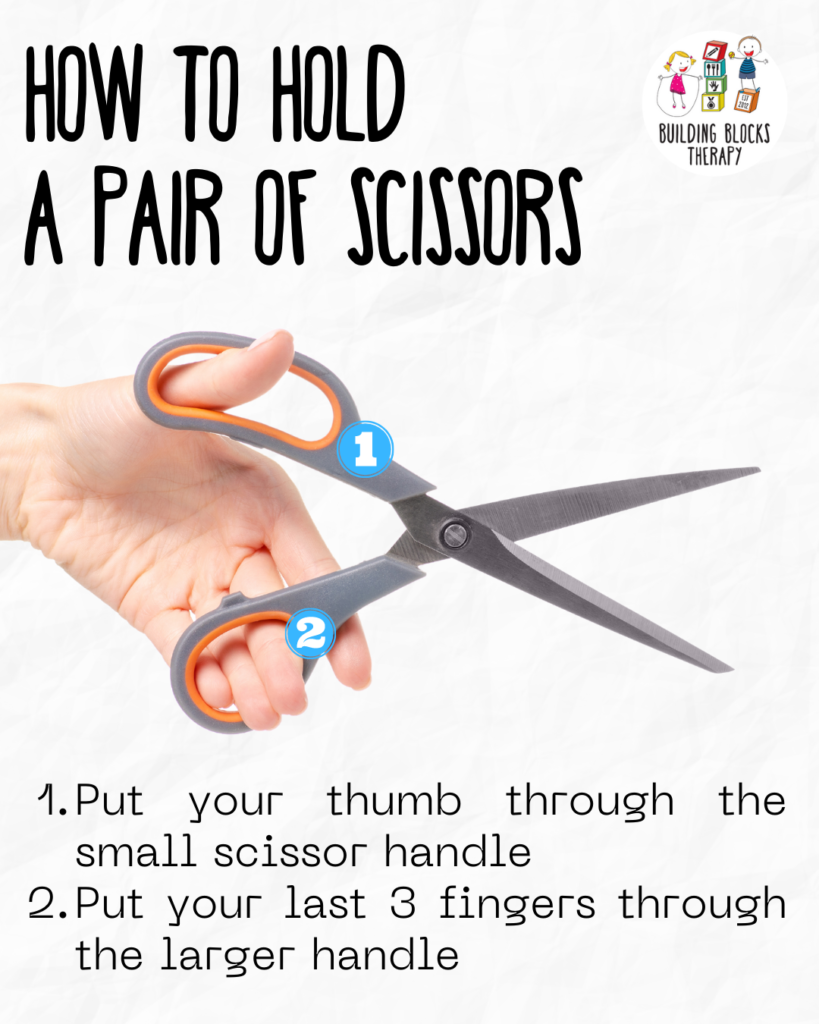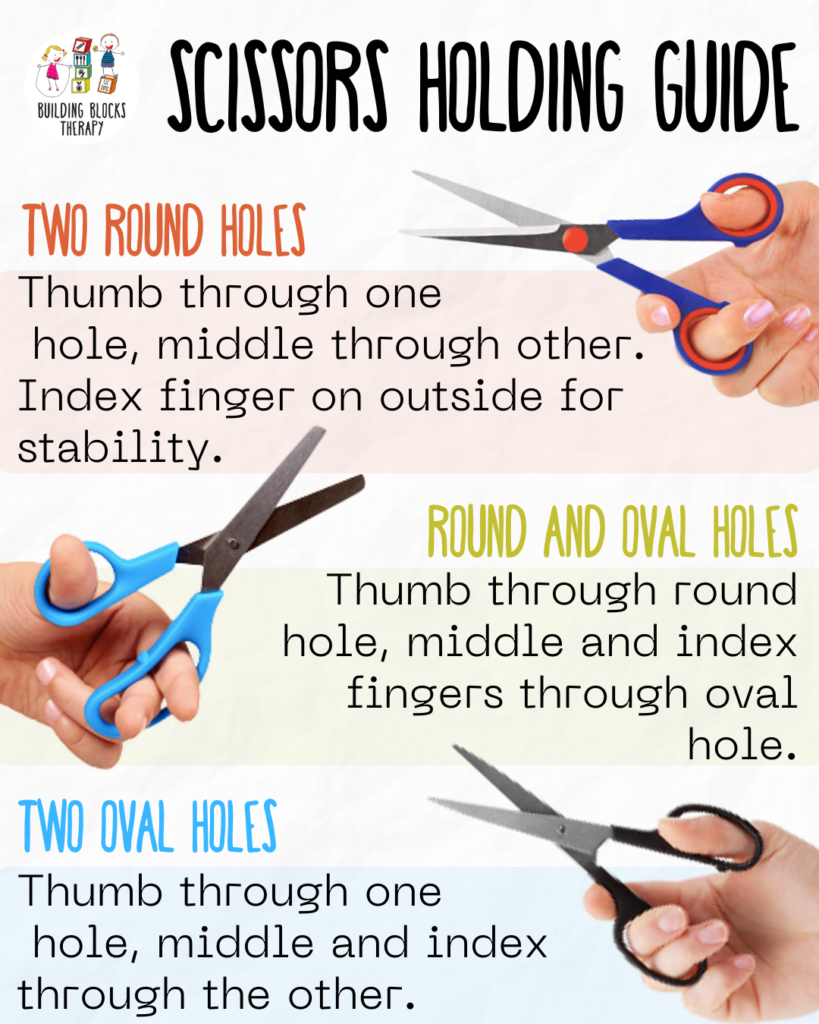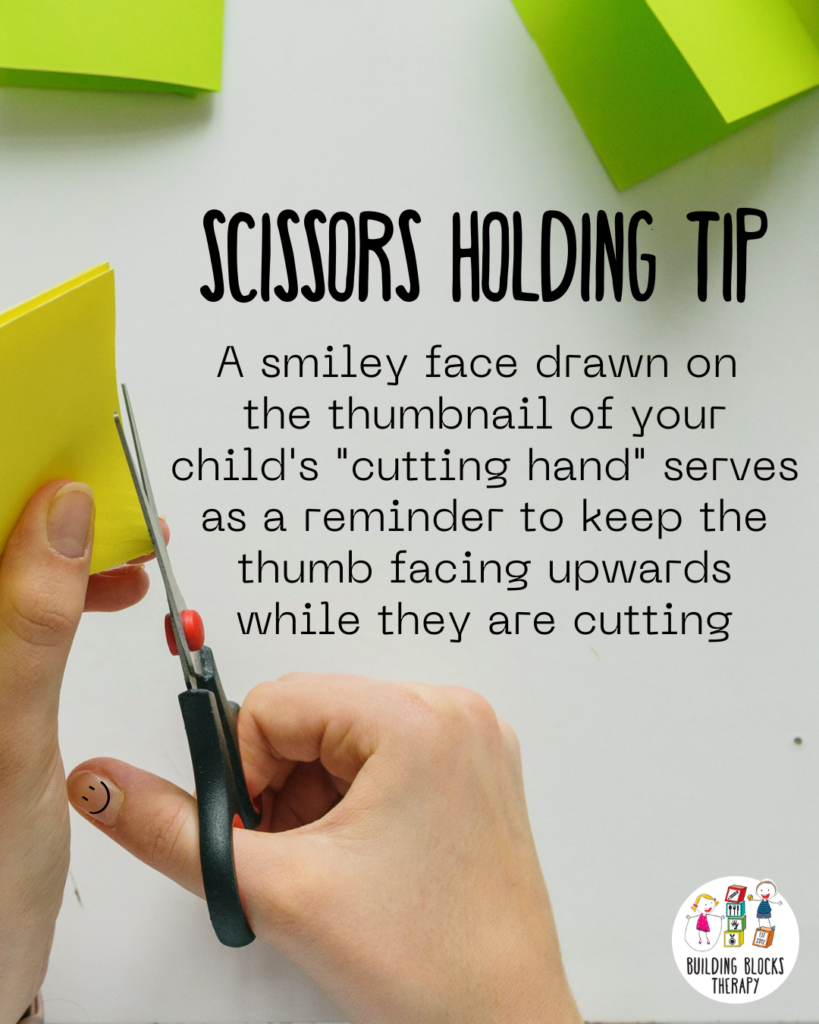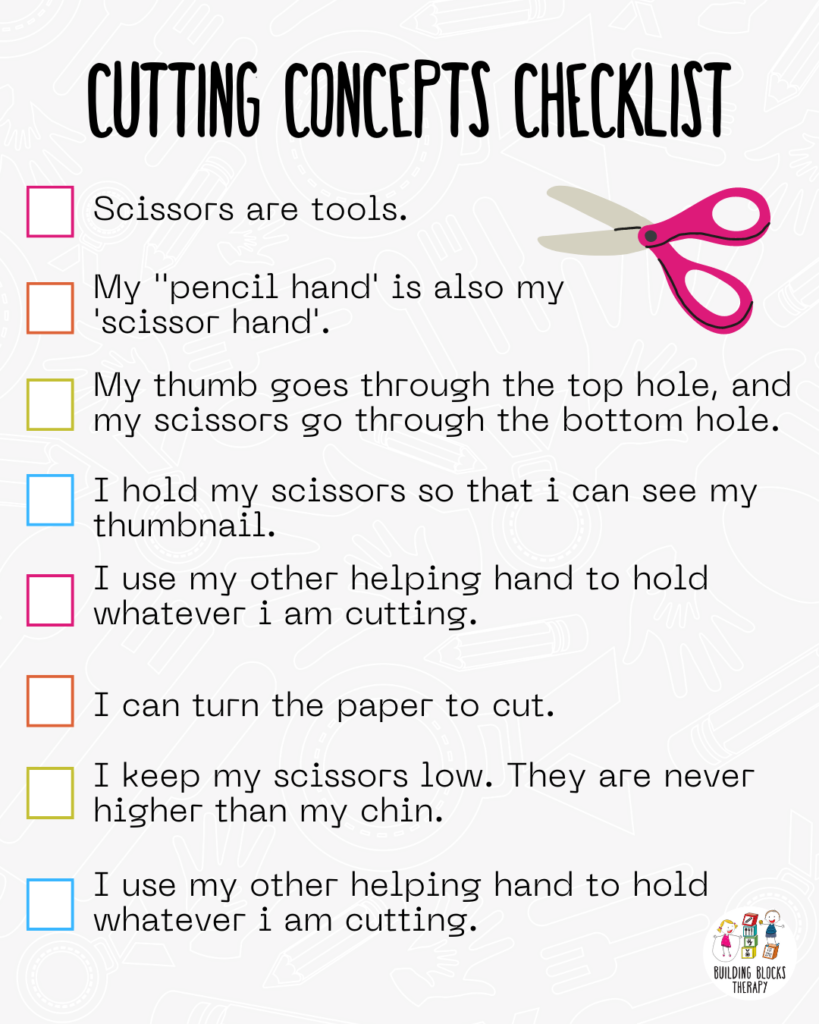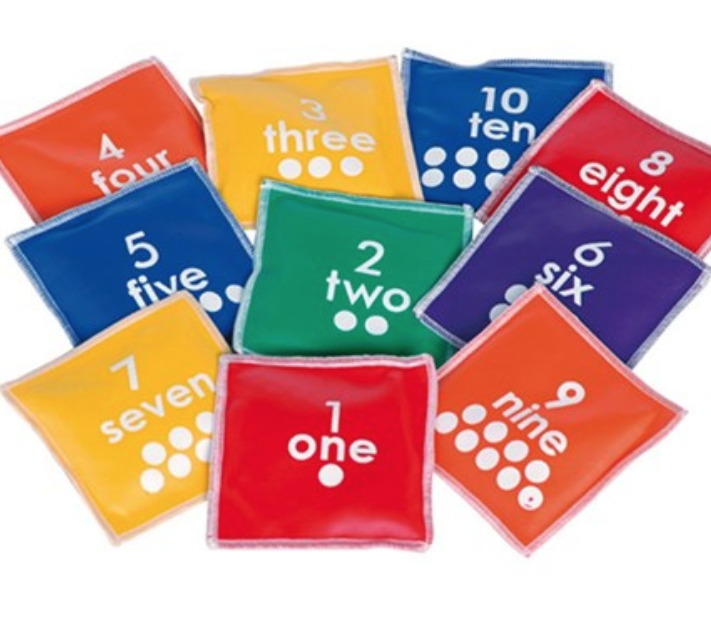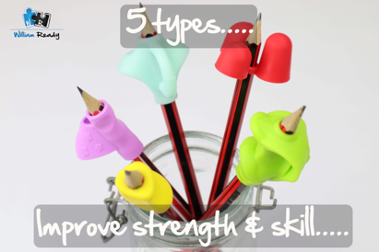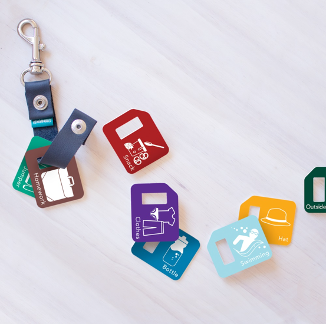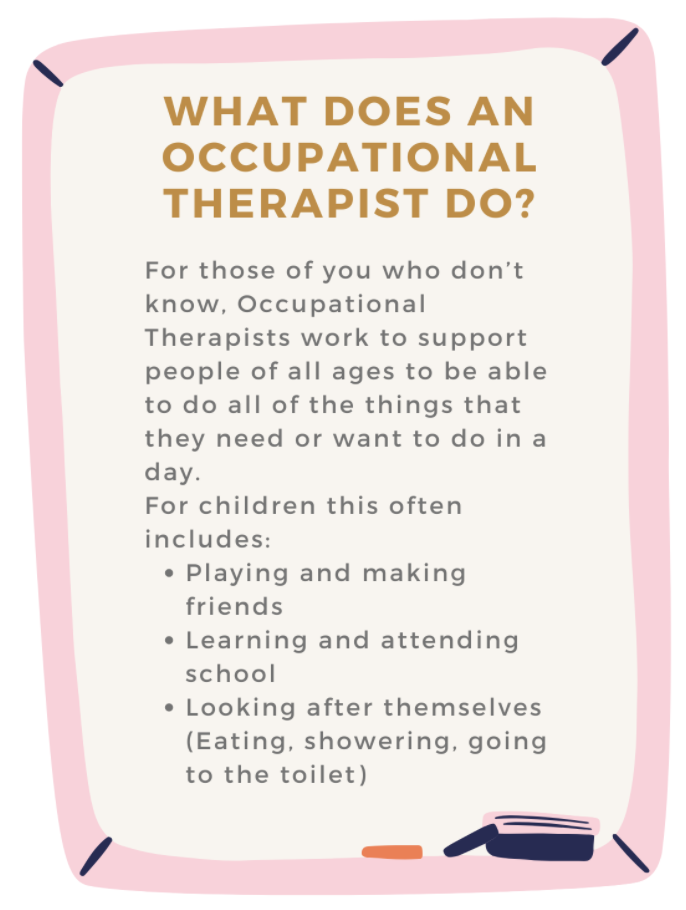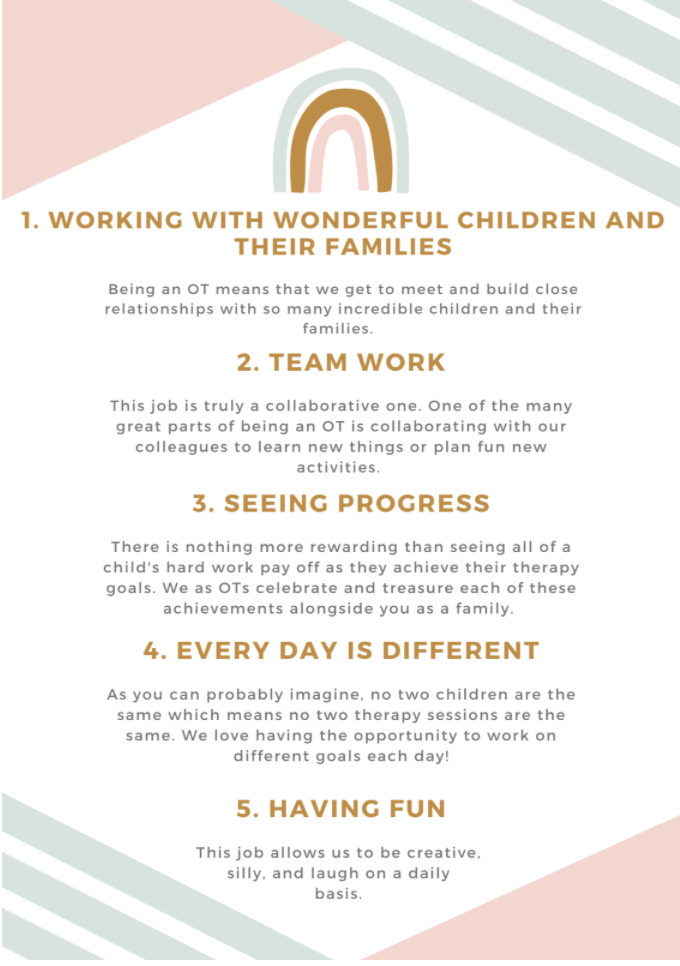We would love to invite families to our Information session run by Lize Roos. Lize is an Occupational Therapist by background and the Director of our clinic and she loves meeting all the new families that are interested in joining the Building Blocks Therapy Family.
As a team we understand the frustrations that families have with extensive waitlists and as a result we have developed a range of other options to support families whilst they wait for ongoing individual therapy. Supporting you and your family is important to us and sharing this information with you and allowing you to ask questions enables us to support you in the best possible way.
To join our waitlist we do require all families to attend an Information session and we offer a range of day time and evening sessions. This allows you an opportunity to hear all about Building Blocks Therapy and the services we have to offer families in our community. It also gives you an opportunity to meet our Director and ask as many questions as you like to determine if Building Blocks Therapy offers services that can support your family which are in line with your values.
We will go through the following topics listed below in our Information Session as we complete the intake form together. At the end of the session families will be able to submit their intake form and this will allow us to add them to our waitlist.
- Background about our Director and our Clinic
- Funding Options
- Service Delivery Options for families
- Individual Therapy
- Programs of Support– Group Therapy
- Intensive Blocks of therapy
- Family Connections Stream – intensive support for emotional regulation/behavioural challenges
- Mealtime Management Stream
- Assessments
- Support with consumable funding
- Once off sessions
- Discuss any questions you might have around your child’s challenges and your concerns
- So much more
Please enter your details (not the child’s) on the above form, thank you.
